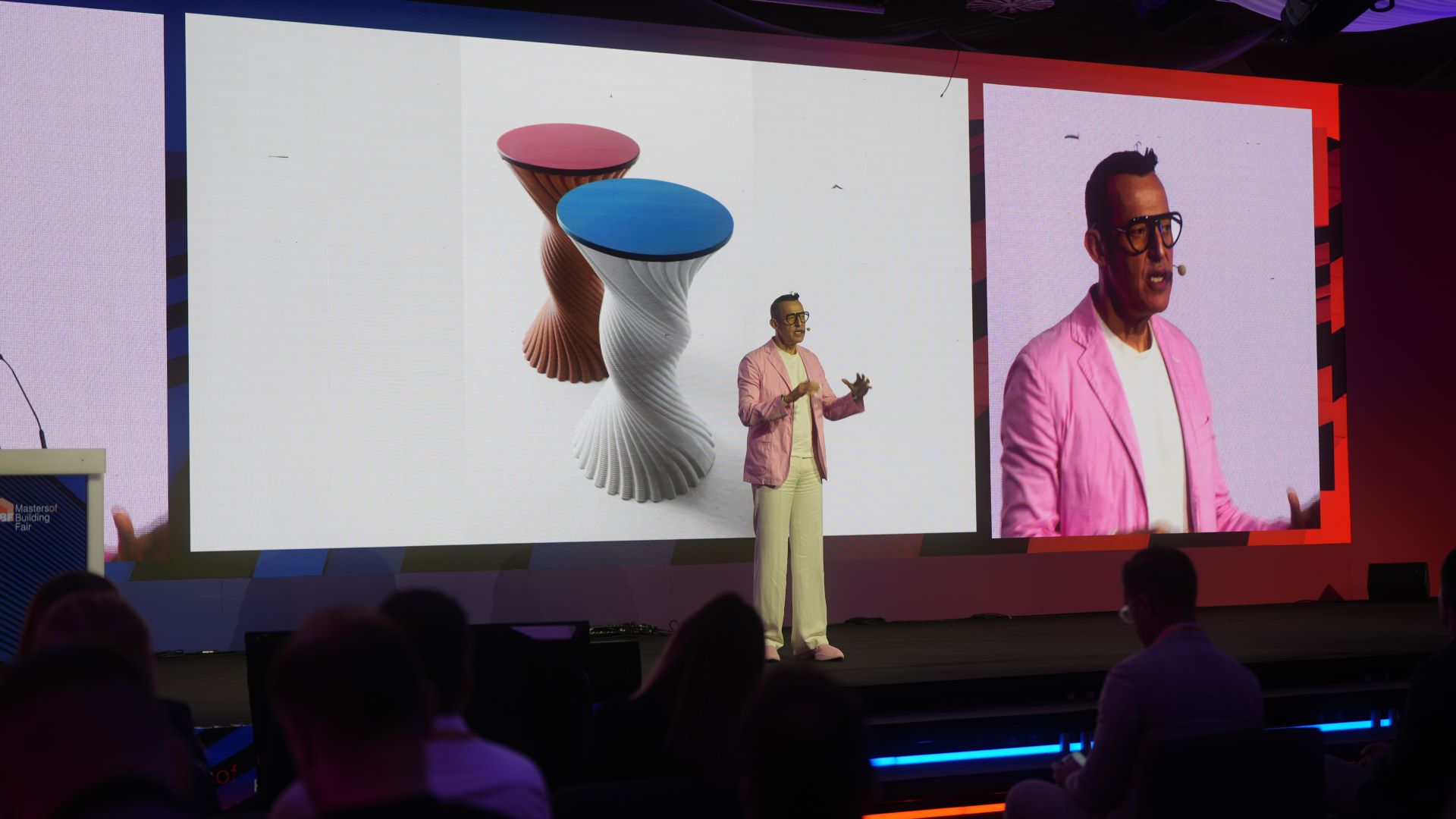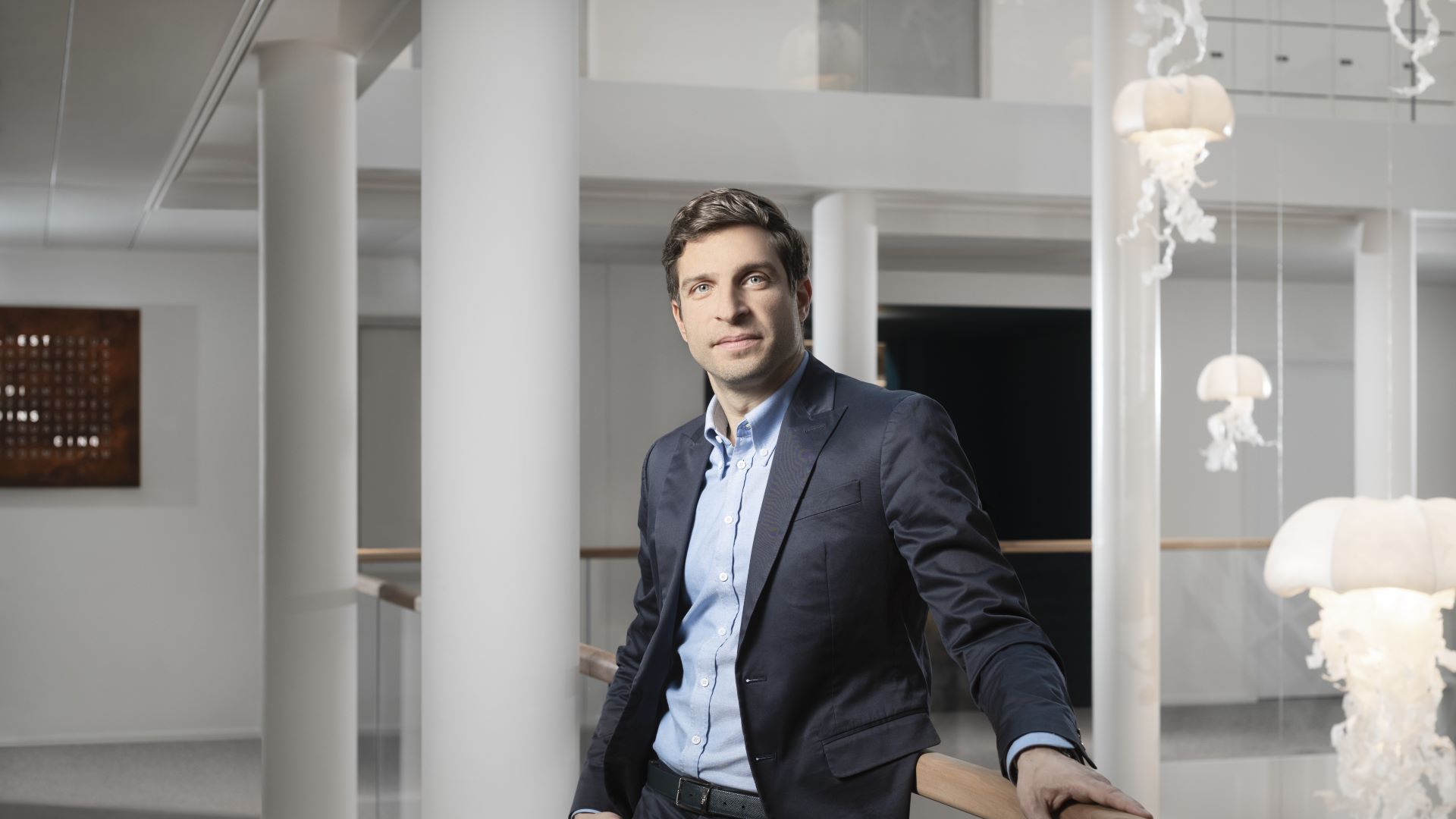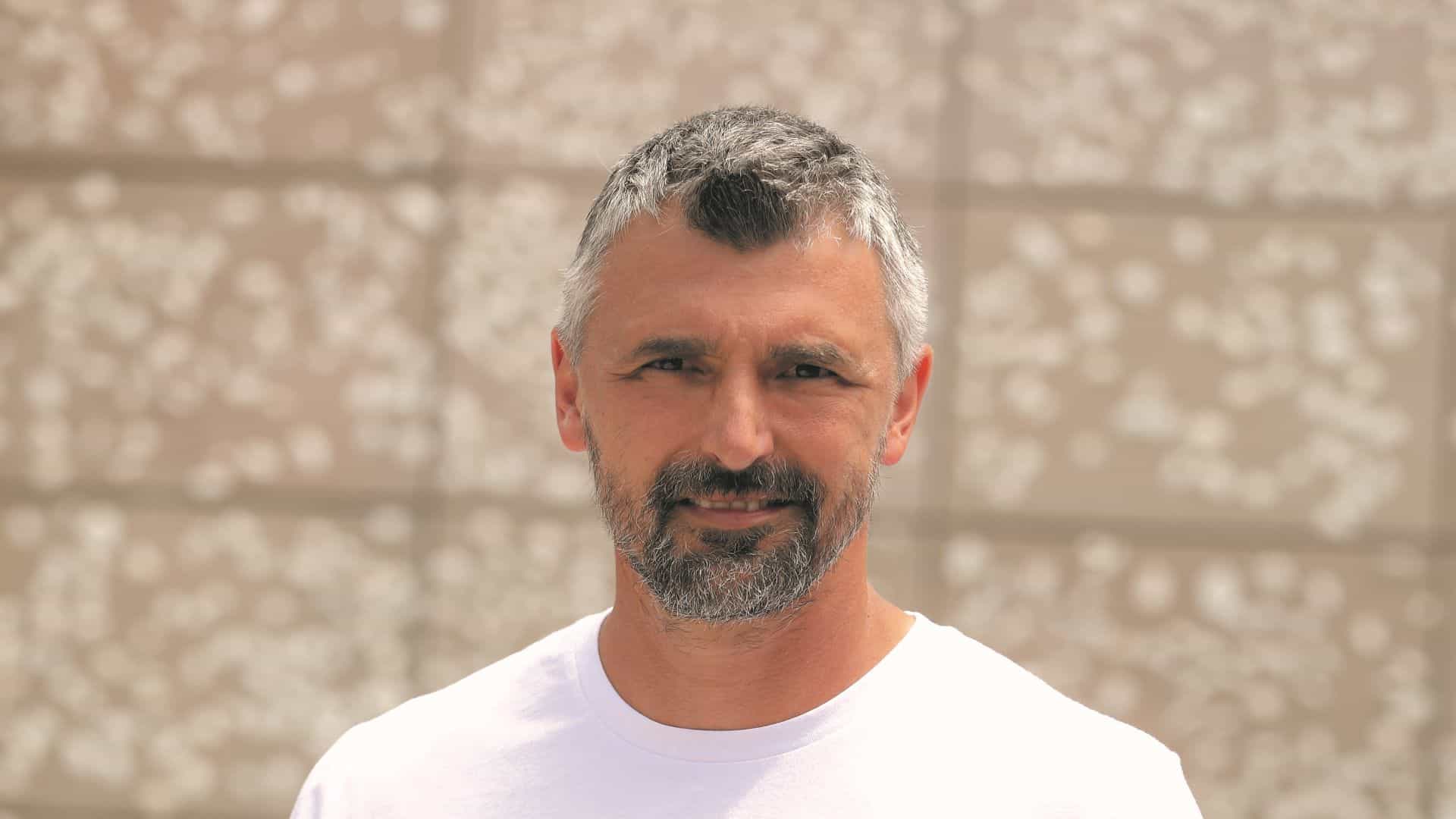In her 25-year scientific career, she has gone from a doctoral fellow to Person of the Year in Sweden. One of the world’s leading robotics experts talked to us about the rapid development of technology, family ties, and passion for sewing clothes, and revealed how to achieve closer contact between older and younger generations with the help of artificial intelligence
Her fragility is deceptive. Depending on the topic of conversation, the penetrating gaze of her big eyes alternates the calmness of a mathematician, the determination of the leader, the tenderness of a worried mother, and the playfulness of a little girl. Prof. dr. sc. Danica Kragić Jensfelt, a native of Rijeka, is one of the leading Swedish roboticists. She teaches computer science at the Royal Institute of Technology in Stockholm, and at the end of last year, she added another exceptional trophy on her shelf already jam-packed with awards for scientific work. TechSverige, the Swedish umbrella organization for companies in the technology sector, has named her Person of the Year in Sweden. As we talked screen-to-screen, a piece of glittering black tweed would occasionally flash into the frame, vigorously manipulated by Professor Kragić Jensfelt.
Why were you awarded the Person of the Year award in Sweden?
This award is not given for previous achievements, but for what is expected of you in the future. I don’t like awards, but in this case, it is more important the award was given to someone in the field of artificial intelligence. My task now is to promote the title of Person of the Year, inspire others, and mobilize and guide the development of Swedish artificial intelligence in academic and business circles. In short, I am expected to educate and popularize my field of expertise throughout the year. It’s not a financial award, you only get a plaque, and because of COVID there was not even a ceremony, so I didn’t even have to sew a dress. I gave a lecture on the importance of the award and the promotion of related areas in which many countries are seriously investing.
Who will you educate and in what way?
In Sweden, as in other countries, there are different types of understanding of artificial intelligence and its possibilities. Some fear it, some think it will take over the world, and others believe it will automate a lot of work and simplify a lot of professions. In all sectors, it is necessary to educate those who do not use artificial intelligence. But I don’t think we have enough staff in schools to educate children who come into contact with artificial intelligence every day from the first grade of primary school. My field is interdisciplinary and based on mathematics and computer science, but people need to learn how to adapt to it, and how to use it to develop different solutions for human well-being. There must be a way to experiment and evaluate solutions based on artificial intelligence. People need to be able to see its positive and negative sides, in the long and short term, because it’s going to be very difficult to ban its development.
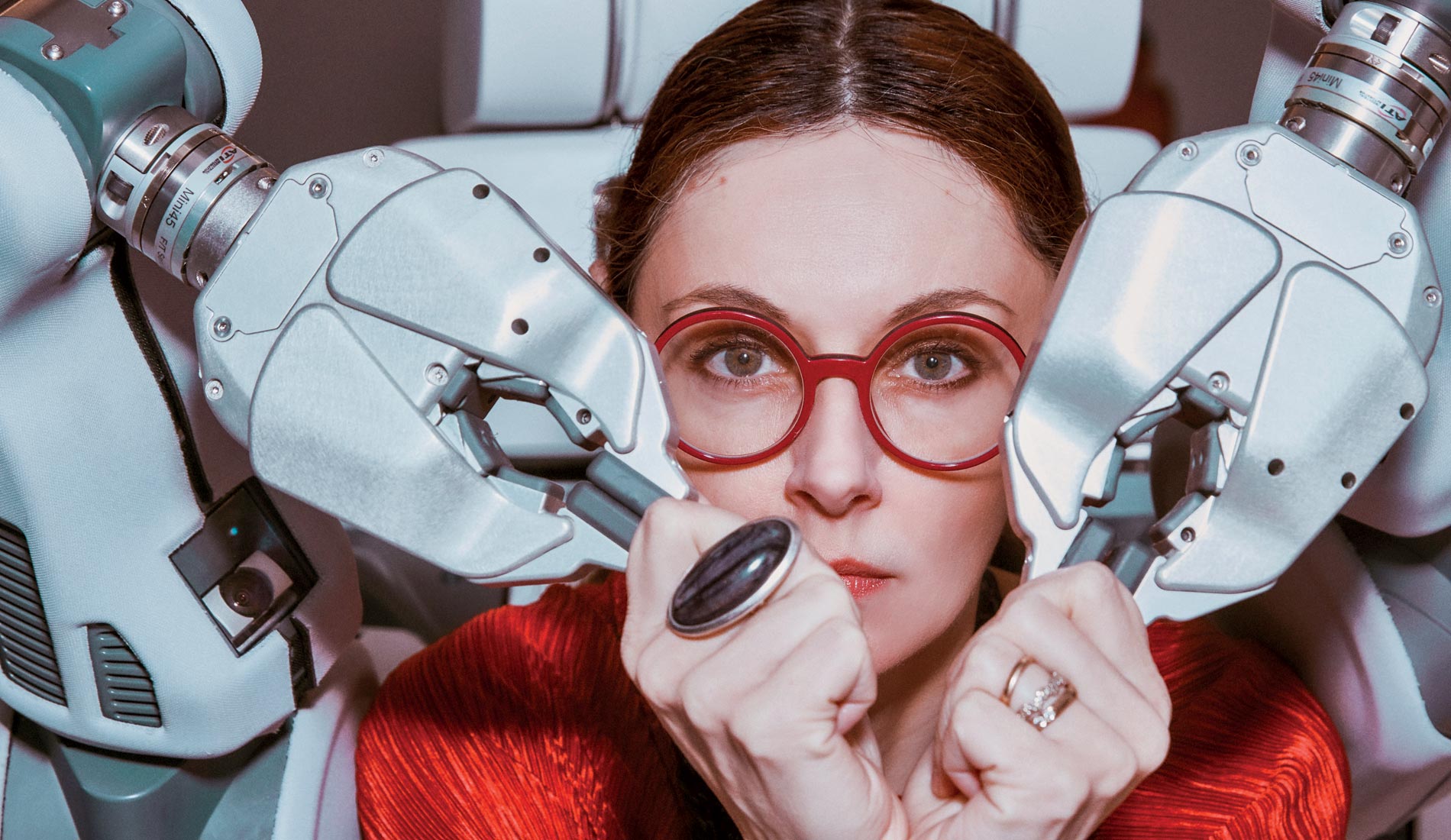
Will robots replace the skipper in navigation?
As a mother of a special needs child, I’ll tell you if we can make a robot that can change a 15-year-old’s diapers, we can make a skipper AI, as well. Skipper already uses a variety of sensors, digital GPS, a camera, and much more based on various software types and mathematical methods, to make better decisions in navigation. It is important how we define the desired function, so the skipper-bot can be similar to robots we might use at home or in the hospital to help the elderly and people with special needs. That robot must have artificial intelligence that is manifested both cognitively and physically, but also needs artificial intelligence when making decisions, in physical activity based on cognitive processes. In addition to their five senses, people also use additional sensors. You can build any sensor into a robot, it can have functions that humans don’t have, and it can measure things we can’t. The other thing is physical activity: our bodies are quite soft and pliable. If I can’t use my hand or finger, I will use my elbow, but for such a decision I need to know my body well.
Why are people afraid of artificial intelligence?
Because we want to do what our brains tell us because we value our freedom. We feel that machines will be more intelligent than us, and in essence, that means that the better ones among them will beat us at everything right away. And so we are afraid. Part of our brain reacts instinctively because it was shaped that way. Every time we encounter something foreign, our brain reacts with caution or fear. That is why we as a species have survived. If you add to that science fiction movies and books, where in more than 90 percent of cases, robots and machines are mostly bad guys, you get more fear. There are very few movies that dig a little deeper into the psychology of the relationship between man and machine. One thing we consider important is the feeling that machines can compensate for what people don’t have. It is very difficult to talk about such things in a society where people are becoming increasingly individualistic and do not care about older generations. If you expect the robot to take care of your parents or children, that means you won’t bother to take that responsibility upon yourself. On the other hand, it is important to know what your expectations are in terms of accepting a robot: will your children take care of you? How will you accept that they don’t love you any less just because they gave you a robot to take care of you? There are no experiments yet, no facts on which to base our answer to the question of whether the relationship between man and machine is a positive or a negative one. So we decided it was better to consider it negative until we are convinced otherwise. It is much easier to lure people onto the side of fear and negatives, rather than accept positive examples. After all, we all train ourselves in a way, we work on suppressing our fear by actively looking for scary or negative news.
Did you do any consulting on movies or TV?
Yes, for the Swedish series ‘Real People’, about ten years ago. Before they started filming, we discussed what a society would look like if we couldn’t see any difference between a robot and a human, what their relationships would be like, and how they would connect, how they would get close to each other.

How many scientists in Sweden are there in the field of artificial intelligence and how much does the state invest in its development?
Sweden has a population of 10 million and 600 doctoral students. They will be educated in the next ten years thanks to the Wallenberg Foundation, which has invested four billion Swedish kronor (about 3.5 billion kunas) in the Artificial Intelligence Development Project. In addition, there are another 200 to 300 scientists at all other levels of education. However, it is very difficult to say how many people use and develop artificial intelligence, because there is a lot of open source software out there that anyone can use, just like when we got our first computers thirty years ago, and played games on them and learned to program. Today people are developing startups in essentially the same way. The investment into AI in Sweden is really large, but changes to the education or tax systems are slow. I guess that’s the way it is in every country. It’s always a lot harder to fix something than to work from scratch.
Do you consider yourself to be Swedish or Croatian?
That’s not easy to say. I have been in Sweden longer than I have lived in Croatia. But after 26 years of living in Sweden, I have grown to be like them in one way: I expect a lot from systems. If there’s a system in place, I’m entitled to use it. When I find myself in situations in Croatia, where the system in its entirety does not work like that, I’m at a loss. What do I do? Whom should I ask? I try to speak Croatian as much as I can, but since I left the country before we started using computer-related vocabulary and technical words, I don’t feel very comfortable in the language anymore.
What has changed in the world of artificial intelligence since you started working in this field?
A lot. When I came to Sweden in 1997 as a Ph.D. scholarship holder, there was no talk of artificial intelligence, just a bit about robotics and programmable machines. When I look back on what has happened in the past 25 years, I see more automation in the industry and see that we have developed subjects in universities that did not exist before. Speaking of startups and unicorns from Sweden, Spotify and Klarna fueled, so to speak, artificial intelligence-related software solutions. Digitization and faster computers have also contributed to this. The development of new computing methods is great, but if you’re not in the field, you don’t notice how much has changed.
Sweden has a population of 10 million and 600 Ph.D. students, and the Wallenberg Foundation is investing four billion Swedish kronor (about 3.5 billion kunas) in the development of artificial intelligence in the next ten years
How did you become a member of the Royal Swedish Academy?
With hard work and nothing else. Partly academic, but also leadership work. You have to be seen all the time, but that’s not enough if you don’t have a scientific footprint. I had to prove myself to win internationally competitive projects, but I also had to be affirmed by the international academic community.
When did you become aware of your scientific inclinations?
I’ve thought about it a lot and I don’t know if it’s possible to give you a simple answer. I grew up in a family where you were allowed to express your opinion and carry out whatever idea you had. I was taught there were no limits to creative endeavors. My parents and grandparents always encouraged me, saying, What’s the worst that can happen; Why don’t you try this, too? I have a sister, who is five years younger than me, but I was the first granddaughter in the family and spent a lot of time with my grandparents. My grandfather was a blacksmith and my grandmother was a housewife, who was passionate about sewing. From her, I inherited the love for needle and thread. I was also always attracted to my grandfather’s blacksmith shop. We have all always had a vivid interest in technical solutions. My dad worked in a paper factory in Rijeka, repairing machines, and in his spare time, he fixed cars, almost as a hobby. My mom was the bookish type, she taught me to love math, which was interesting to me because it had an explanation for everything. I used math to get ahead in physics and chemistry, and in high school, I swerved in the direction of mathematics applied in computing science. That’s where I learned to program. I wanted to study in Zagreb, but we didn’t have the money, so I enrolled at the Technical Faculty in Rijeka.

How many girls were studying at the Technical Faculty then?
If I remember correctly, there were three girls and about a hundred guys, but by the end of the program, only two of us were left. We had two female professors, in mathematics and technical drawing. The rest were all men. You know how it was almost thirty years ago: if you were a woman and you came to class in a miniskirt, you were immediately disqualified as an airhead.
But regardless of the length of the miniskirt, you proved them all wrong.
Yes, but at that time I also worked as a model, I sewed clothes… I didn’t pay attention to such comments, I accepted them as just a thing that exists, just how things are. I know this would be considered abuse today, but I’ve noticed something about many women in the industry who have gone through negative experiences. We have developed an attitude – if I could endure it, so can others. I might have laughed at some comments from professors in my early days, but today I dare to say that’s wrong.
How much have you changed your approach to student education compared to your student days?
There are two ways to approach this subject. First, what are the expectations of today’s generation in terms of responsibility? I think we born in the 1970s had an ingrained sense of responsibility. I didn’t have parents who would take care of things for me. It seems to me that today parents take a little too much care of their children, and then when those children come to college, they don’t know what responsibility means. I often have the feeling that my students are immature, that they don’t understand what is expected of them, or how important it is to be educated, and that they are responsible for their education. Of course, there are pedagogical methods and tactics, but the subjects I teach will not yield results if students don’t take their share of responsibility. This scares me, as they seem to think the system will solve their education. That is neither possible or natural for us humans.
What values do you want to pass on to your children to guide them through life?
First and foremost, responsible for themselves. No one else will value you if you don’t value yourself. Never call yourself stupid, never say you can’t do something. Be honest, and respectful of people and things you know nothing about. Be interested in things that are unclear to you. Never be afraid to ask questions and don’t think you are less valuable than others if you don’t know something. Be humble. I fit into the Swedish social system and sit on supervisory boards because I have learned the language, I am interested in what others say, and I am not afraid to say, Sorry, I do not understand this, I come from another country. If you make yourself appear a little inferior from time to time, everyone will be ready to help you.
How many supervisory boards are you part of?
H&M, Saab, and one private investment company. I can’t do more than three because my job doesn’t allow it. If you are employed at a state university, you are only allowed 20 percent of the extra engagement outside of work.
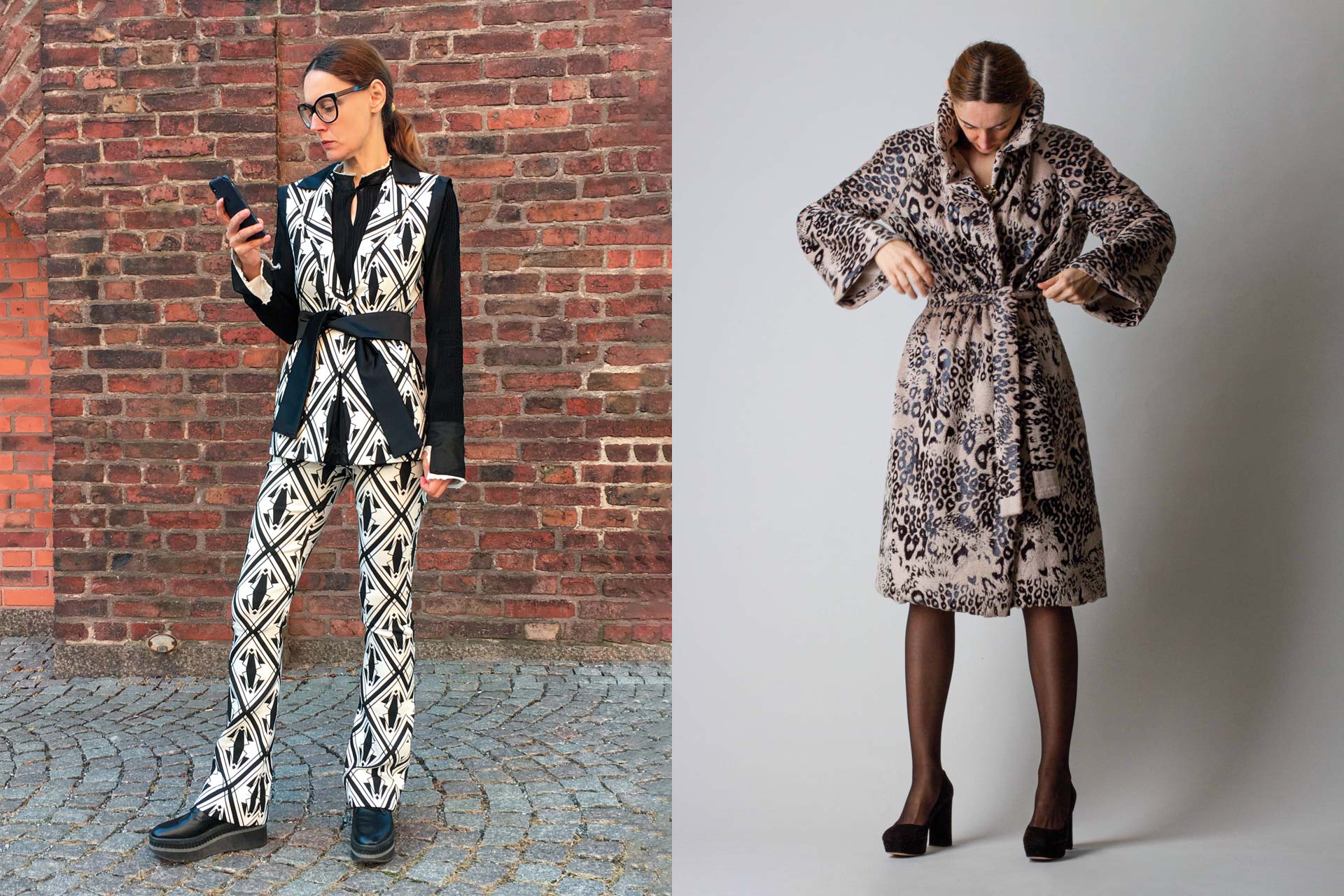
How has the pandemic changed your business and family life?
My family life has changed for the better: I don’t feel like a bad mom anymore, because I have three hours at home to cook lamb, which my husband doesn’t like but is good for our child’s brain. It is positive that in the middle of the day I can find ten minutes to vacuum the room. The negative is that we could not travel to Croatia for two years, but we are looking forward to this summer. My sister lives in America, so I haven’t seen her in a while. And my work is easier. Being able to work from home gives me the ability to control the length of meetings, there is less idling altogether, and I think I will continue to work from home even after the pandemic, at least for a few days a week.
How come you were offered a membership in the Supervisory Board of fashion giant H&M?
The first meeting with the owner of H&M took place during a lecture I gave on robotics, but I also talked a lot about my personal experience of sewing clothes and I think that combination of automation and interest in fashion prevailed. He called me on the phone and I agreed, there wasn’t much of a ceremony behind it.
What are you sewing right now as we’re talking?
A suit, mostly by hand. A piece that would be expensive, and I am frugal. I must say that silk in all its forms is my favorite fabric. It’s always a challenge to sew a nice silk blouse or something in tweed. It is not easy to sew a silk lining into tweed, it takes a lot of time, but the results are visible. On my trips to China and America, I bought fabrics instead of souvenirs. We spent the New Year in Rijeka and I returned to Sweden with many meters of quality silk and wool.
Can you make yourself a robot that will sew dresses and suits for you following your cut?
I hope so, but I’d rather let the robot do everything else around the house, and I will sew because it is a great pleasure to make a piece of clothing no one else has. Besides, sewing is filled with memories. Every time my mom and I sewed a dress it was something special. A while ago my mom made a lot of silk camellias, and now I’m just waiting to sew them onto something. Each item of clothing reminds me of something, has its own story, and brings about a special emotion.
What is the best thing to invest money and time in these days?
Well-being. I don’t know if our self-confidence and awareness of who we are and who we are as humans are evolving as fast as technology. Everything is available to us and consumption makes us happy, but there’s always the question of whether that happiness is short-term or long-term. We used to talk more about what makes us happy, we used to share our feelings, which was a good way to get to know ourselves. Today we do not form such deep social relationships, neither with family nor with friends. We get the news through social media, and when we get bored, we watch TV or something else on another screen. We have to learn how to reflect on things.
What do you do when you are bored?
I like to go for a run in nature. I don’t like to cook too much, it’s a waste of my time because once you eat the food, you’re left with nothing. I like to think, sort through pieces of fabrics I haven’t seen anything from yet, or just talk to my kids, and implant a creative spark in them. I don’t want them to just stare into an iPad, but do occasionally take a piece of paper and a pen. I like to see my seven-year-old daughter play with fabrics.
How should we prepare for the ever-faster development of technology?
The only way is to be involved. Technology is not to be feared. We are its passive users. Many times we use the technology we don’t understand, but to make sure we survive, we must take our time to understand it. For lifelong learning, the older and younger generations must be in closer contact, as it used to be because older people have the time to teach and to learn. They are interested in the process as much as the younger generations, so it is logical that the technology should serve as a bridge between those generations. I miss that. My grandmother died four years ago, but I believe that my children would have a much more interesting childhood if there was this interaction between the generations. If we could use technology to connect them like a fine glue.
Text Dubravka Tomeković Aralica
Photos Private archive


